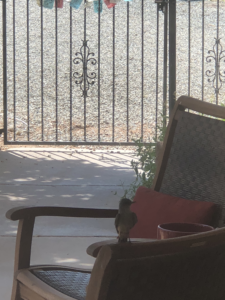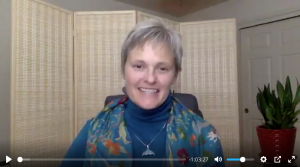 Spring is finally here, and my animal family and I are loving the warmer days as we welcome the garden back to life!
Spring is finally here, and my animal family and I are loving the warmer days as we welcome the garden back to life!
The birds are busy with their nests in the barn; every year we have several families of finches and Say’s phoebes who nest in the barn, and this year, a phoebe has decided to build her nest over my front door as well.
I communicated with the phoebe mama, letting her know that her nest location would likely be disturbed by the comings and goings at the front door. I let her know that I would do my best to be quiet and to not disturb her and her nest, but that it is an area that we have to use, and also that the dogs and cats would be visible to her through the screen door.
She was not deterred. She communicated to me that this was a fine place, very safe, out of the wind and the elements, and that she wasn’t bothered by any of us and she would continue with her nest-building work. She said that this nesting area was one of her “family homes” – and it’s true, we have had phoebe nests here before, but not for a couple of years.
Mama Phoebe even had a stare down with my calico cat, Marigold, through the screen door, and decided that Marigold’s presence was no big deal. “She can’t get through the door, and she can’t jump this high”, said Mama Phoebe, and that was that. This little exchange is an example of the many ways that animal communication can impact our lives in daily, practical ways. Communication with the animals who share my home and land is a natural part of my life, and it can be a natural part of yours, too!
Communicating with animals doesn’t have to be difficult or complicated. It is a natural ability that we all have, and it doesn’t require long hours on a meditation cushion or some fancy metaphysical training. It simply requires that we recognize and begin to remember this language, develop some fluency in using it, and that we engage in respectful, open, heart-centered connections with animals and all life.


